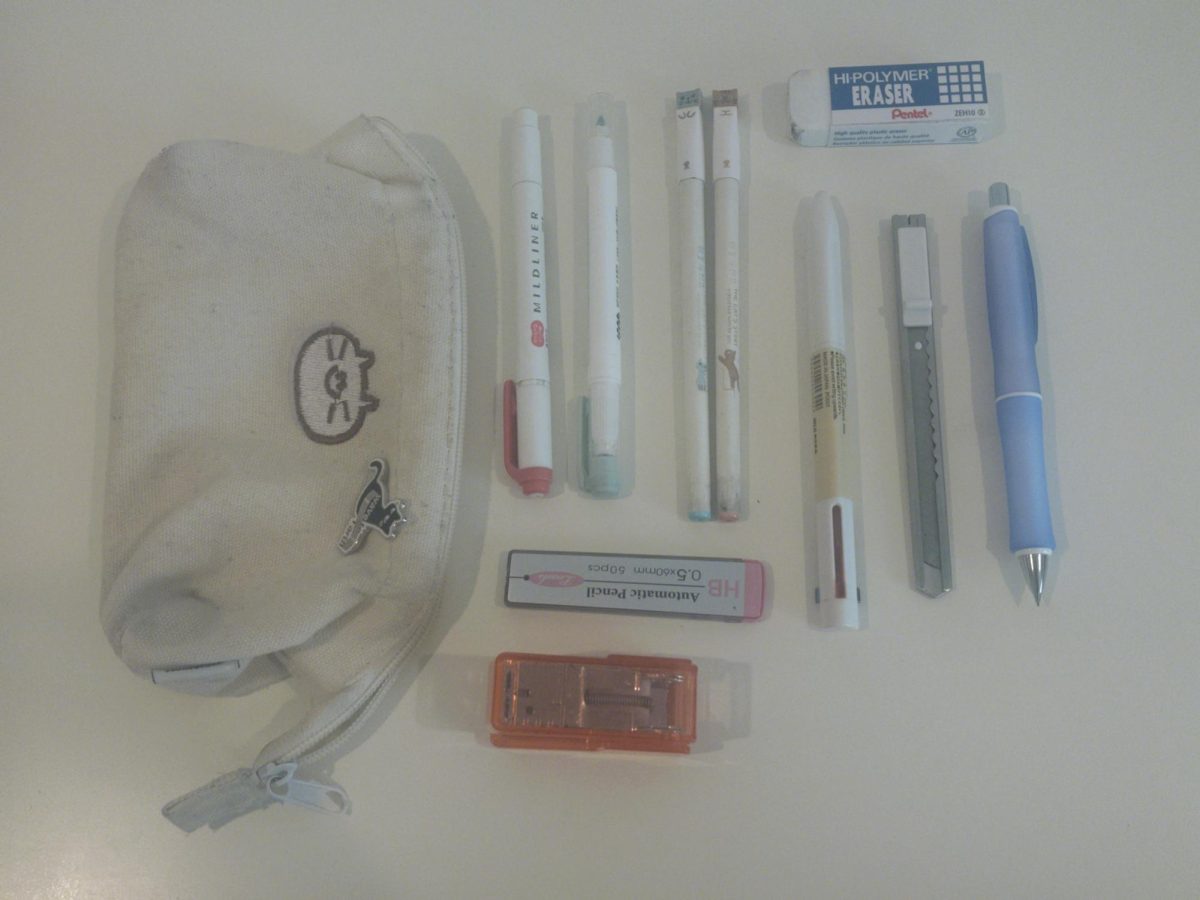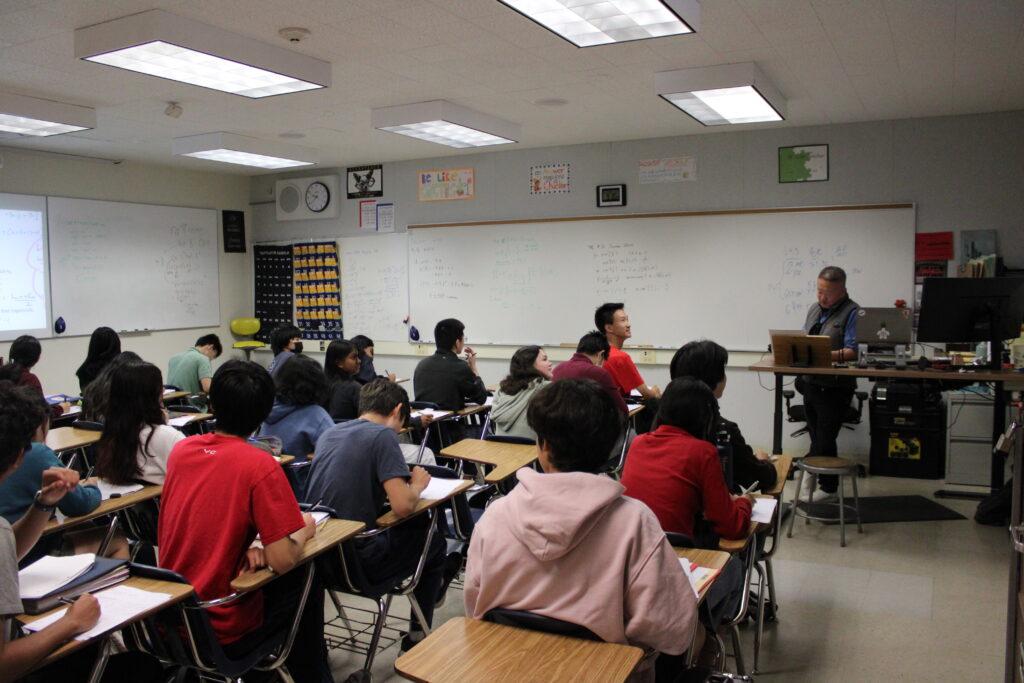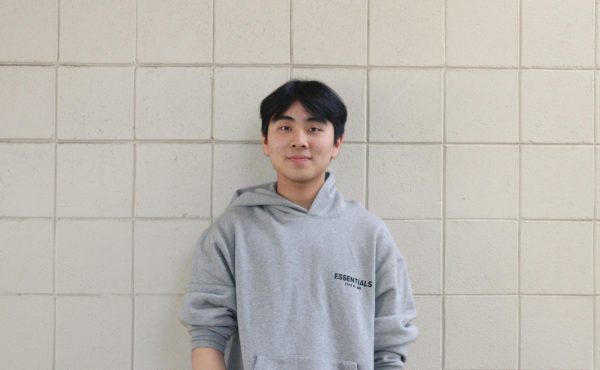It’s tough for educators to find ways to make learning effective and engaging, especially for advanced courses like APs where there is a seemingly endless amount of material to be taught. Under pressure to cover so much, many rely on direct instruction and worksheets or the equivalent, and while they may be useful in teaching students the information, those periods are, quite frankly, extremely boring.
Thankfully, there is a solution to these boring, monotonous classes that is being implemented in numerous classes: flipping the delivery of information through lectures with the active doing of skill-building practice.
In flipped classrooms, students watch recorded lectures and take notes at home, preserving class time for asking questions, walking through homework problems and in-class activities. The numerous benefits of a flipped-classroom, namely creating an engaging learning experience and delivering more effective lectures, attest to why more teachers should be partaking in this style of classroom learning.
Having more time to create an engaging classroom environment encourages learning. Algebra I and Calculus BC teacher PJ Yim implements this model. Besides increasing time to practice the material in class, it has the side benefit of allowing him to get to know students better and impart advice such as his memorable “be like a cactus” story. These snippets of advice help deepen the students’ understanding of not only the learning material but also advise the students’ on how to approach and get the most out of high school and beyond. It also creates a lighthearted environment where students can stay interested and learn effectively.
Besides Yim’s class, chemistry honors teacher Kathy Nakamatsu has also gone with a mostly flipped classroom model. Nakamatsu uses videos to substitute for most of traditional in-class lectures, leaving a small minority of the lectures for the class, often on topics she feels would benefit most from in-class lectures and needs more explanation than what can be provided in an online lecture. During the remainder of the period, students do labs and activities that allow them to understand the material better.
“The class is highly rigorous,” sophomore Nolan Woo said. “However, the activities definitely assist the students’ understanding of the material.”
Although the classroom experience has improved, some worry about the quality and effectiveness of asynchronous lectures, which may not be as impactful for some students who do better with in-person interactions. However, students are given a chance to ask follow-up questions to clarify confusing topics in-person the next day, after they’ve had time to dwell on the nuances and identify which topics are most difficult. This allows all students to understand the material fully at their own pace. Asynchronous lectures can also be rewatched, which lets students review the parts they might’ve not understood.
But not all classes are good candidates for a flipped approach. When dealing with subjects like art and music, the flipped classroom format is not useful — it’s already hands-on and any kind of demonstration is most engaging in person. For example, in band and orchestra classes, students rehearse and immediately receive critiques as a group or individual.
Whether it’s the improved depth of learning from reviewing lectures, or the more engaging classes, flipped classrooms, especially in STEM, are clearly superior to a regular class format and bring great benefits to both the teachers and the students when utilized properly by breathing life into otherwise dull classes. More teachers should seriously consider how flipped learning could be implemented in their classrooms.




























